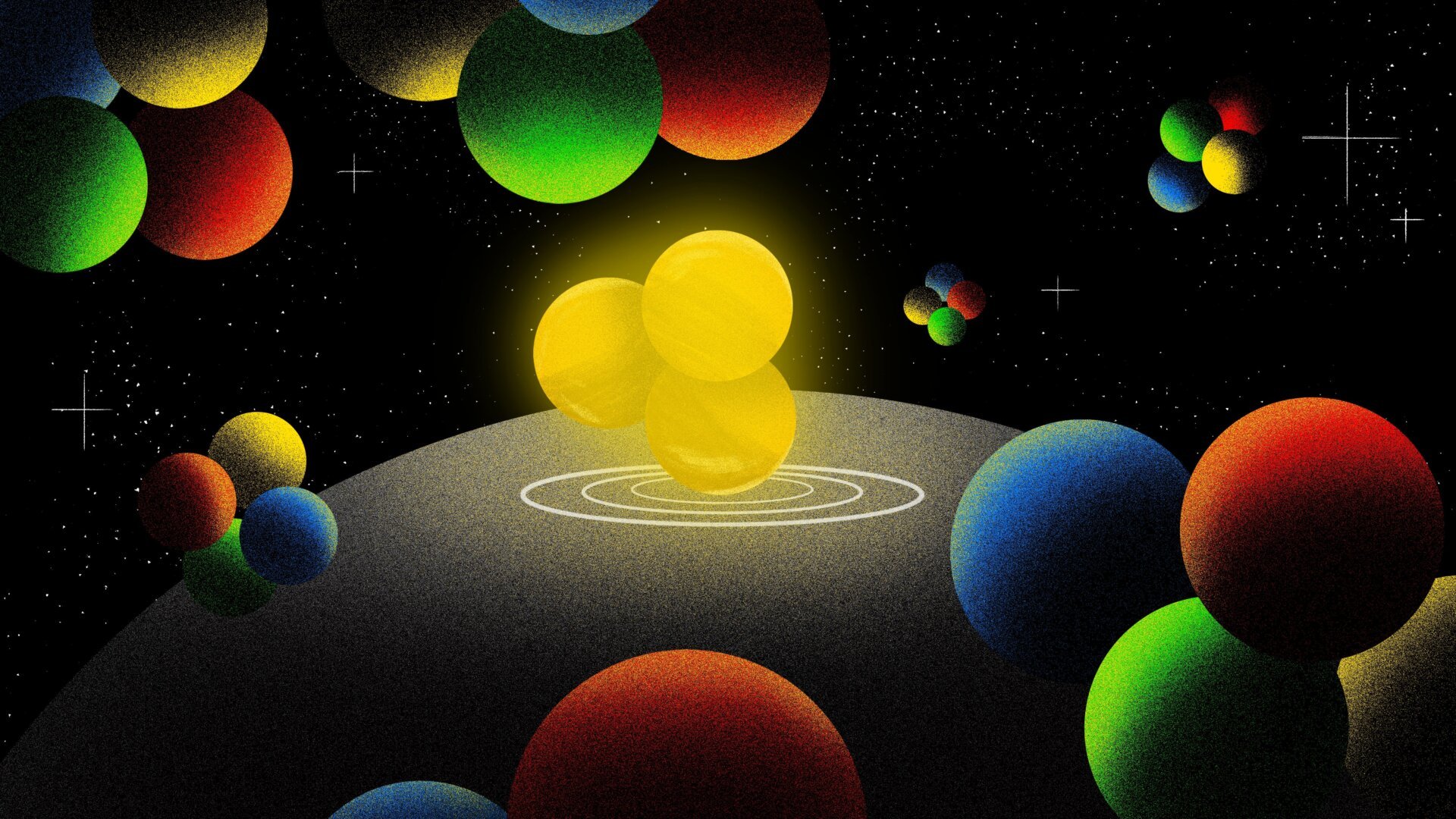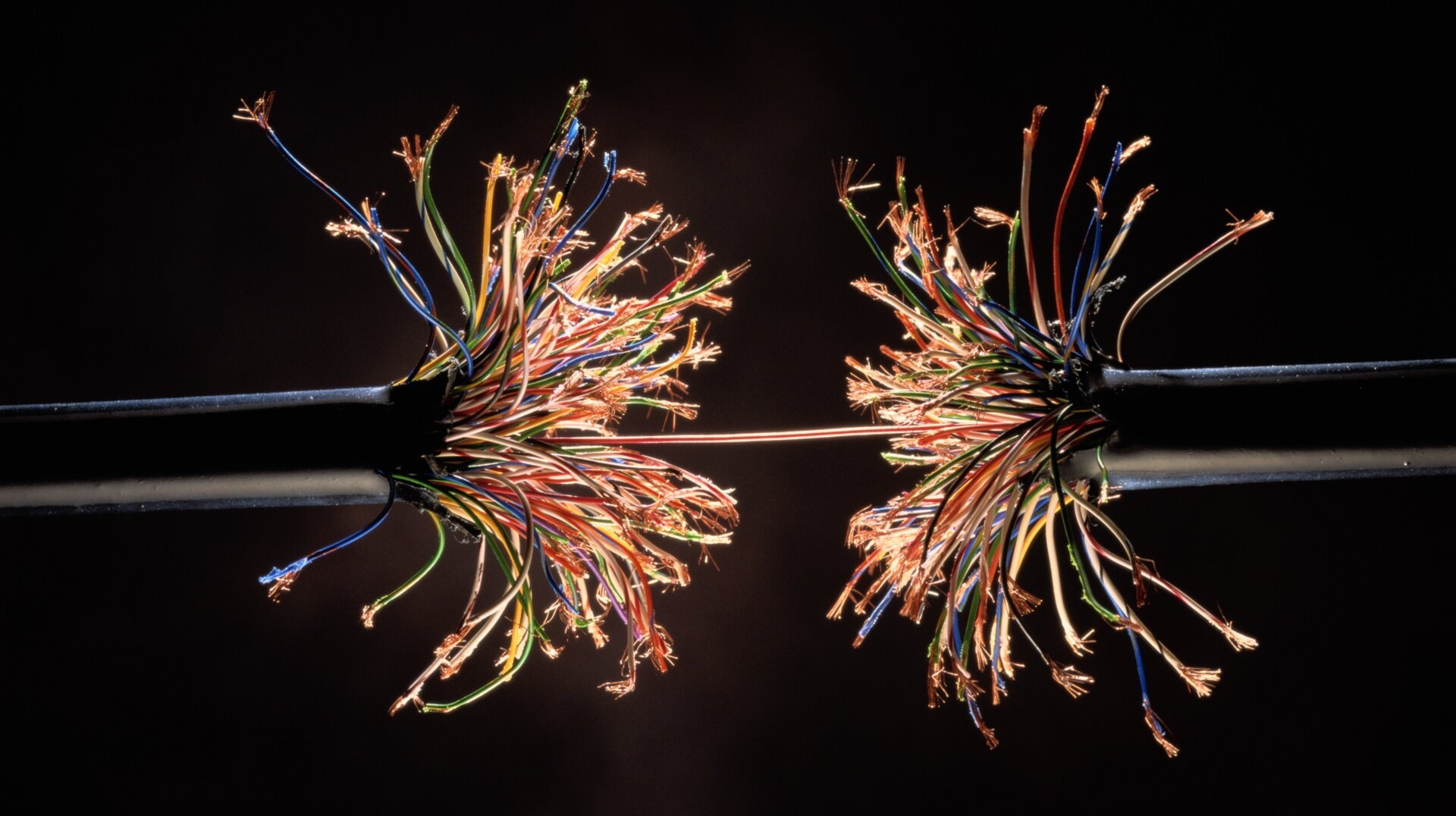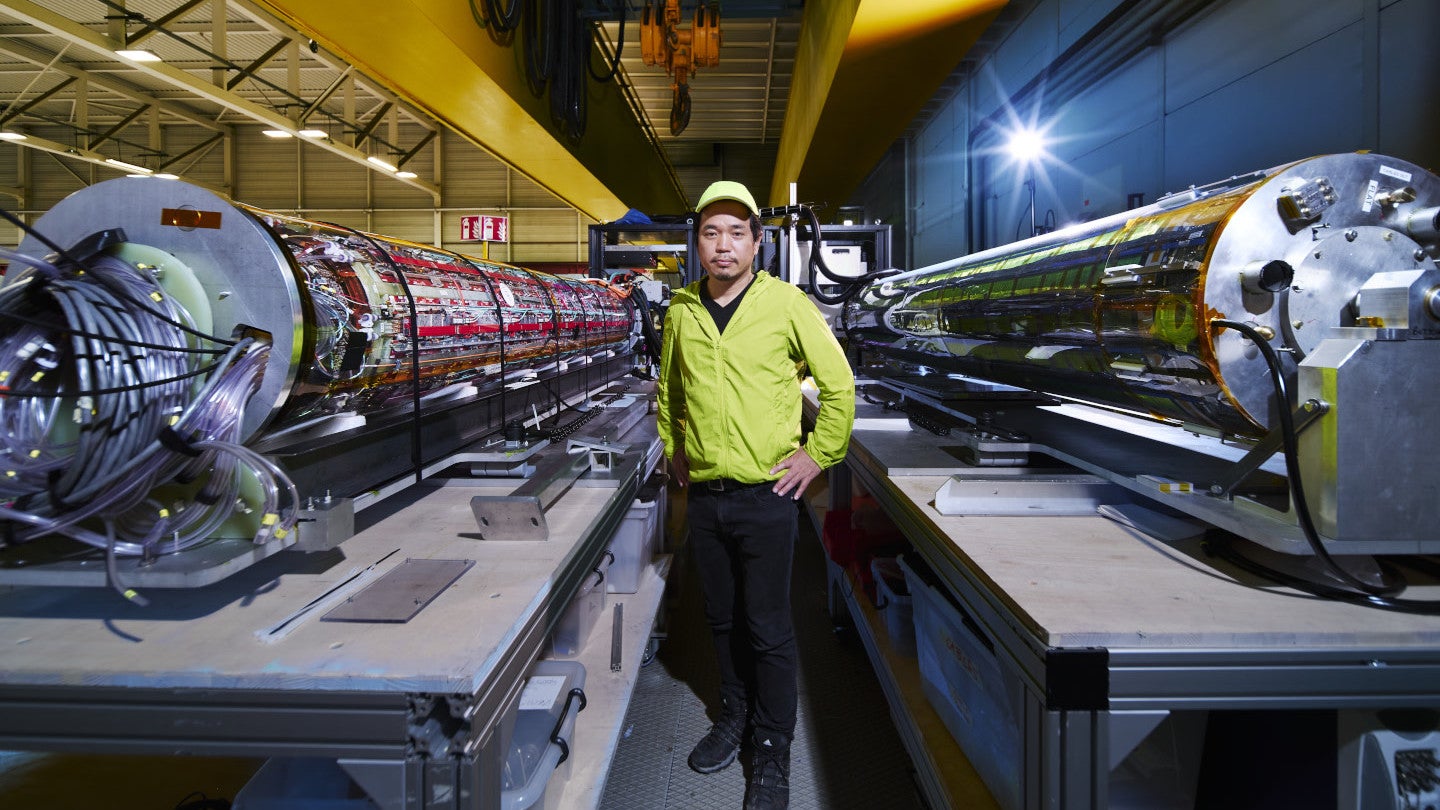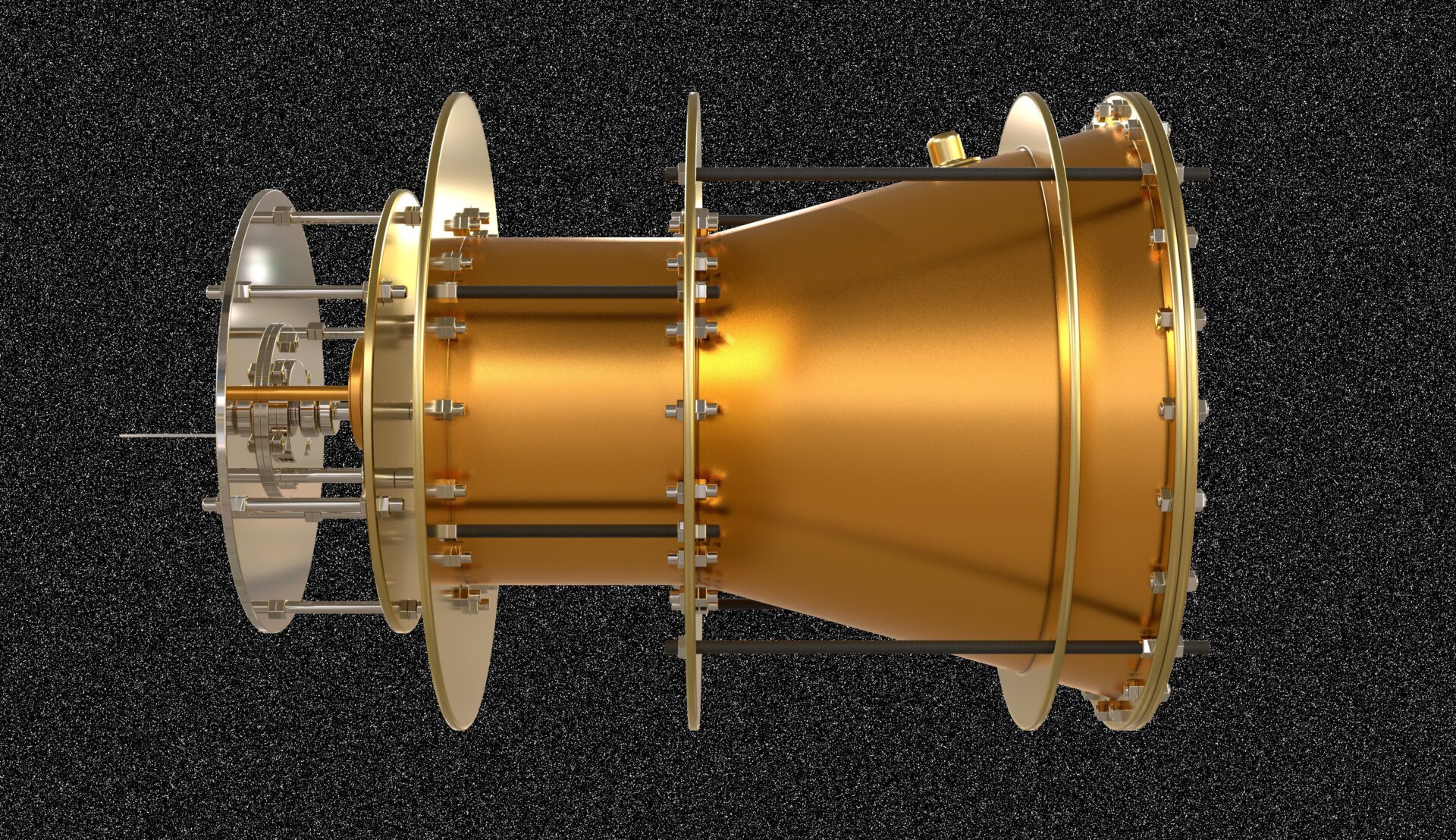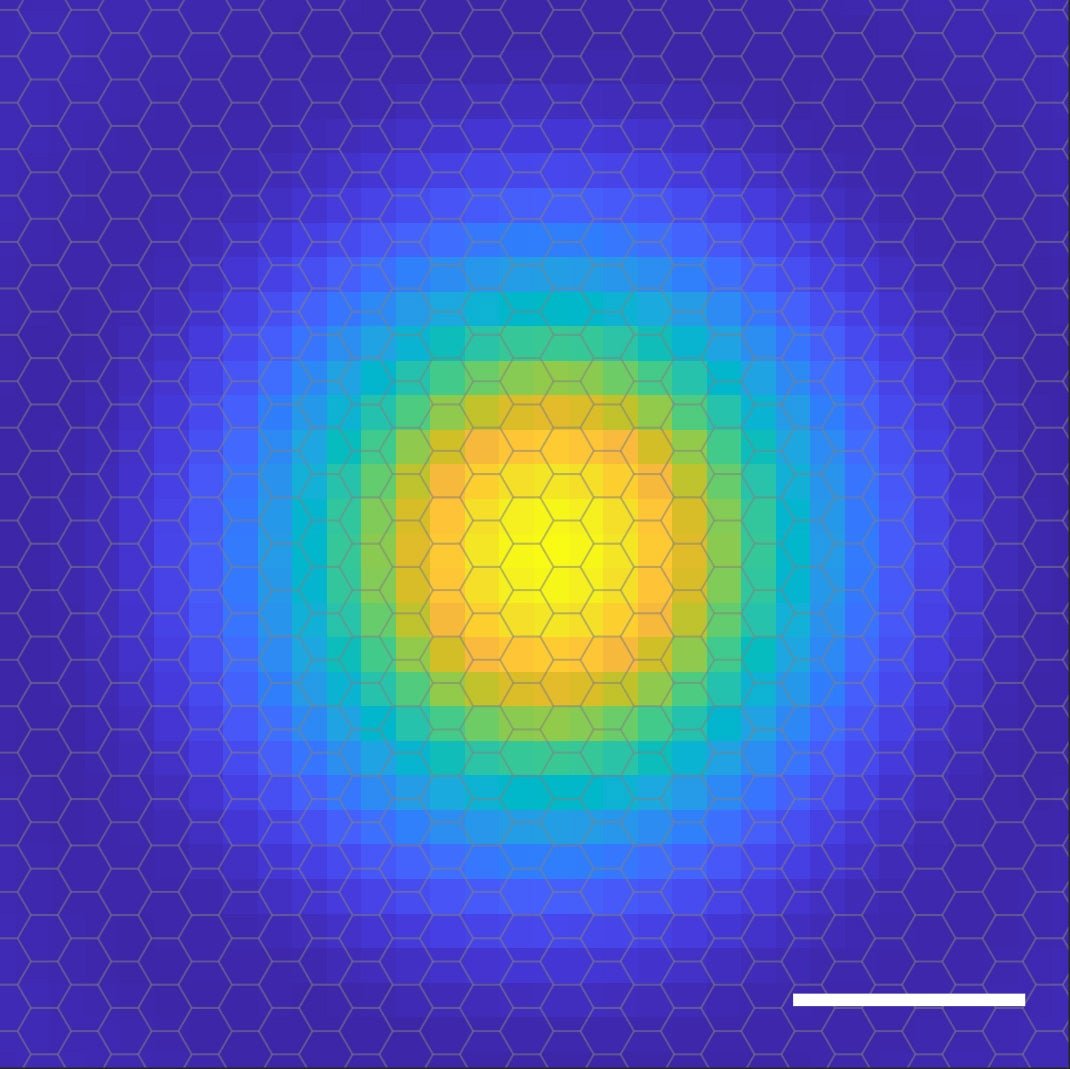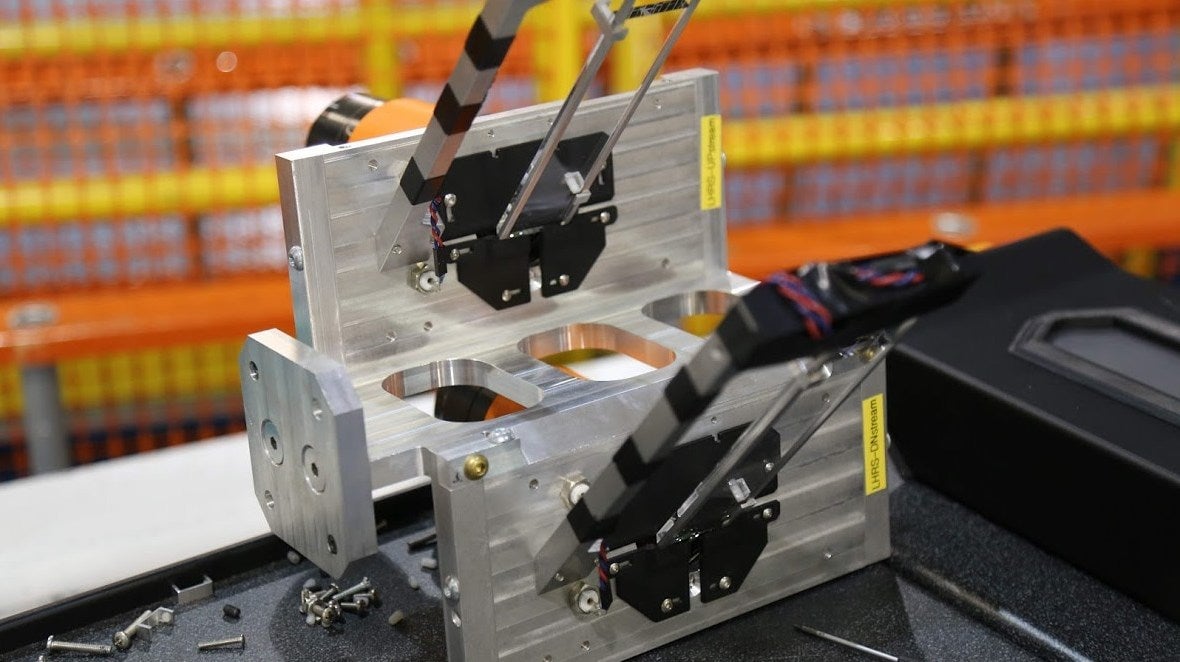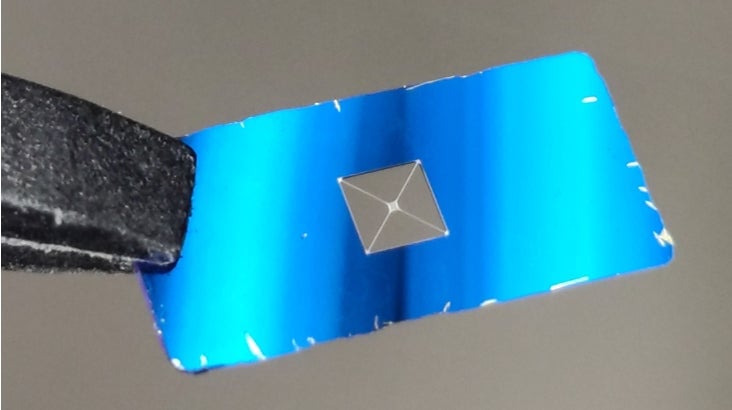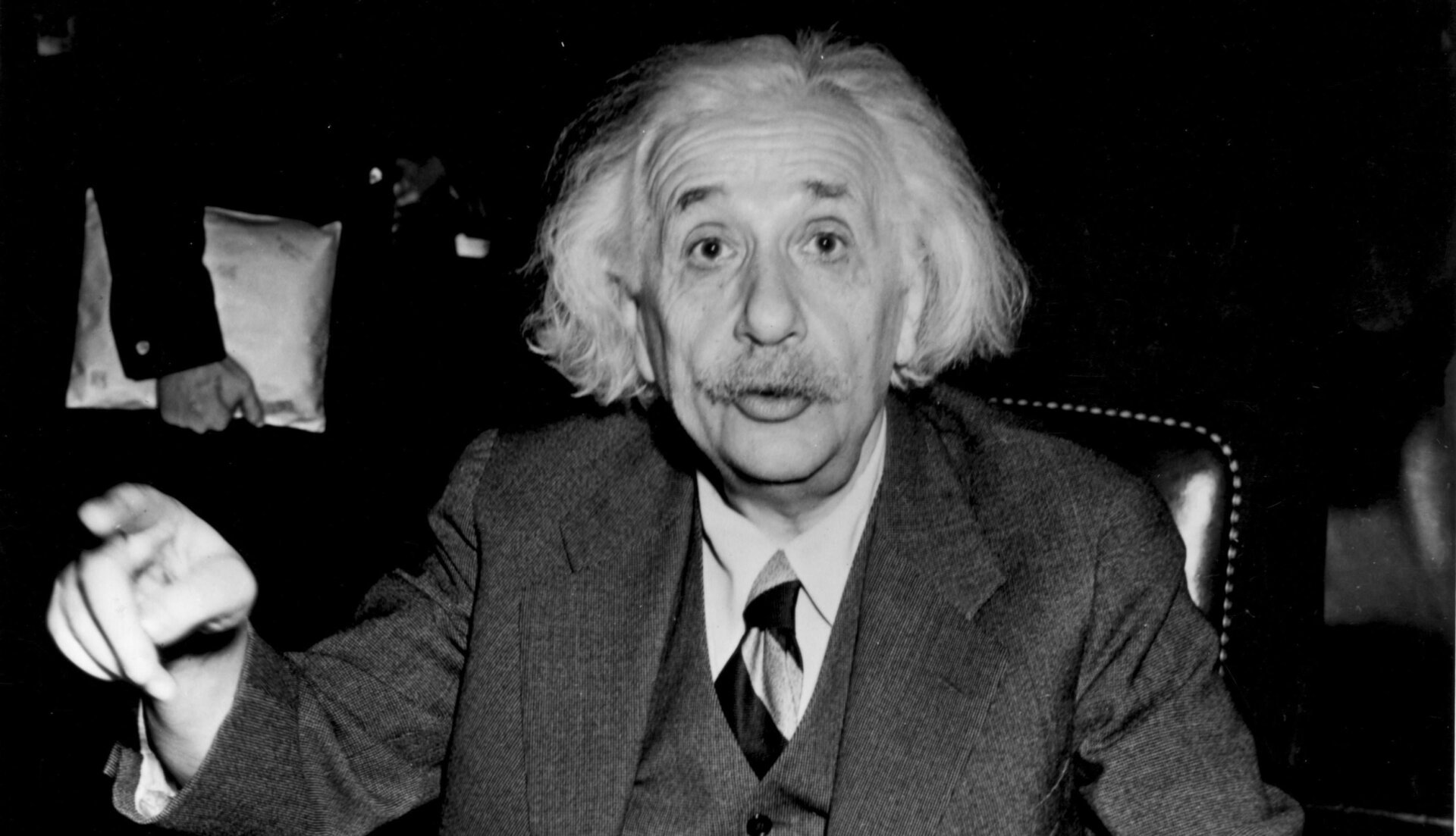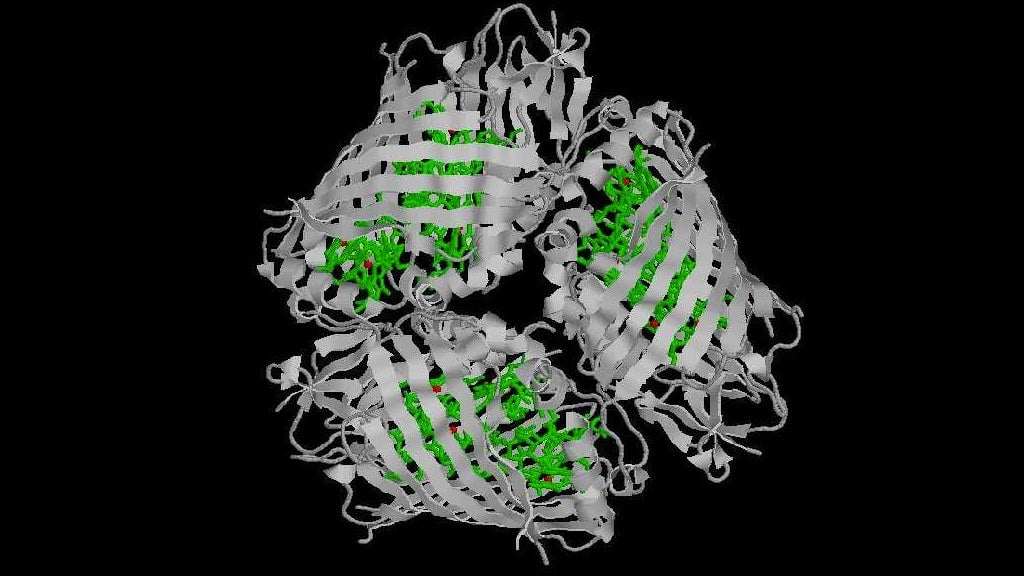The odderon, a theoretical phenomenon predicted in the 1970s, has finally been confirmed by physicists at CERN’s Large Hadron Collider. This discovery significantly advances our understanding of fundamental particle interactions. Unlike the Higgs boson, the odderon isn’t a particle but a composite of three gluons exchanged between colliding protons (or protons and antiprotons). Gluons, aptly named, bind quarks together, the elementary particles that constitute protons and neutrons.
Understanding Gluons and the Odderon
Gluons are rarely observed in isolation. When they cluster, an even number of gluons (two, four, etc.) forms a pomeron. An odd number of gluons (three, five, etc.) constitutes an odderon. The odderon is remarkably elusive, making its detection challenging. While hints of its existence have surfaced over the years, conclusive evidence remained elusive until now. This discovery validates a key prediction of quantum physics.
Reaching the Five Sigma Threshold
An international team of physicists recently announced achieving the “five sigma” level of statistical significance, the gold standard for confirming a scientific discovery. This level indicates a 99.999+% certainty of the discovery. Detecting the odderon isn’t a direct observation but involves analyzing vast amounts of data generated by proton collisions within particle accelerators.
According to Christophe Royon, a physics and astronomy professor at the University of Kansas and a member of the research team, the sheer volume of data collected is staggering. “If you put all that data onto CDs and stacked them on top of each other,” he explains, “you will cover more than the distance between the Earth and the Moon.” Sifting through this data requires complex analysis to isolate relevant information.
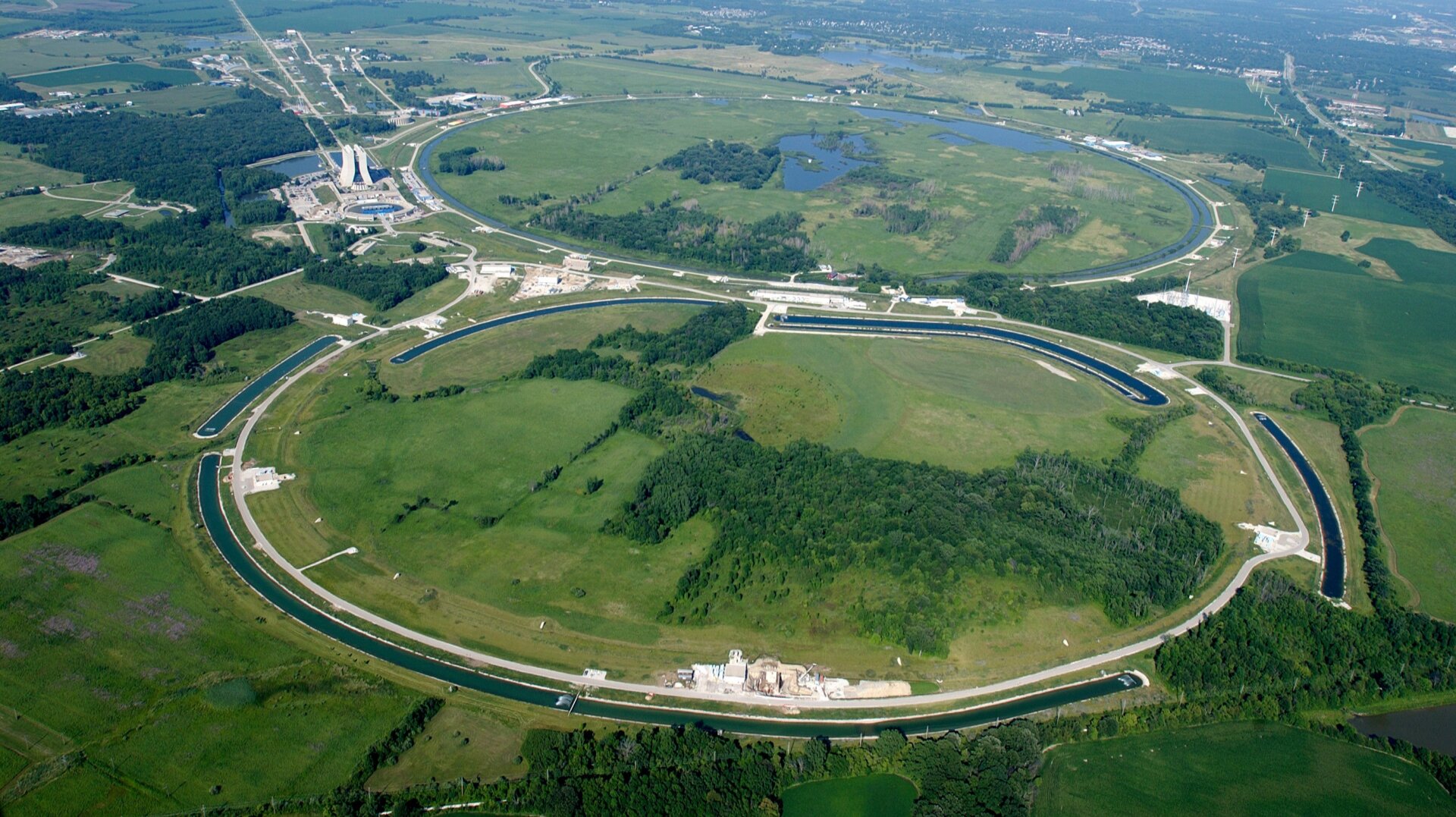 Observations that contributed to the discovery of the odderon were done at Fermi National Accelerator Laboratory before its Tevatron particle accelerator shut down in 2011.Researchers analyze the points of impact within the detector to understand particle interactions during collisions. By studying millions of collision events, physicists search for patterns that confirm the odderon’s existence. The absence of such evidence would necessitate a fundamental revision of existing theories.
Observations that contributed to the discovery of the odderon were done at Fermi National Accelerator Laboratory before its Tevatron particle accelerator shut down in 2011.Researchers analyze the points of impact within the detector to understand particle interactions during collisions. By studying millions of collision events, physicists search for patterns that confirm the odderon’s existence. The absence of such evidence would necessitate a fundamental revision of existing theories.
Combining Data from Different Colliders
Fortunately, data collection was completed before the COVID-19 pandemic, enabling remote data analysis. The research involved comparing data sets from the now-decommissioned DØ experiment at Fermilab (proton-antiproton collisions) and the TOTEM experiment at the LHC (proton-proton collisions). This comparative approach solidified the evidence for the odderon.
Rigorous Verification and Publication
Despite initial confidence in their findings last year, the team sought independent review to eliminate potential biases before publishing their research. The study, currently available as a preprint by CERN and Fermilab, has been submitted to Physical Review Letters.
Significance and Future Research
Yuri Kovchegov, a physicist at The Ohio State University not involved in the research, considers the findings to be “the first solid experimental evidence for the existence of the odderon.” Further confirmation from other experiments is desirable, potentially from the upcoming Electron-Ion Collider.
Royon emphasizes that the odderon discovery marks the beginning, not the end, of further research. “It’s not something which we close and say we are happy, finished, done,” he remarks. “In physics, when you find something new, usually it’s a door which opens completely new domains.”
Conclusion
The confirmation of the odderon represents a significant milestone in particle physics. This discovery not only validates existing theories but also opens new avenues for exploring the fundamental building blocks of the universe. Future research will undoubtedly delve deeper into the odderon’s properties and implications, further expanding our knowledge of the quantum world.



